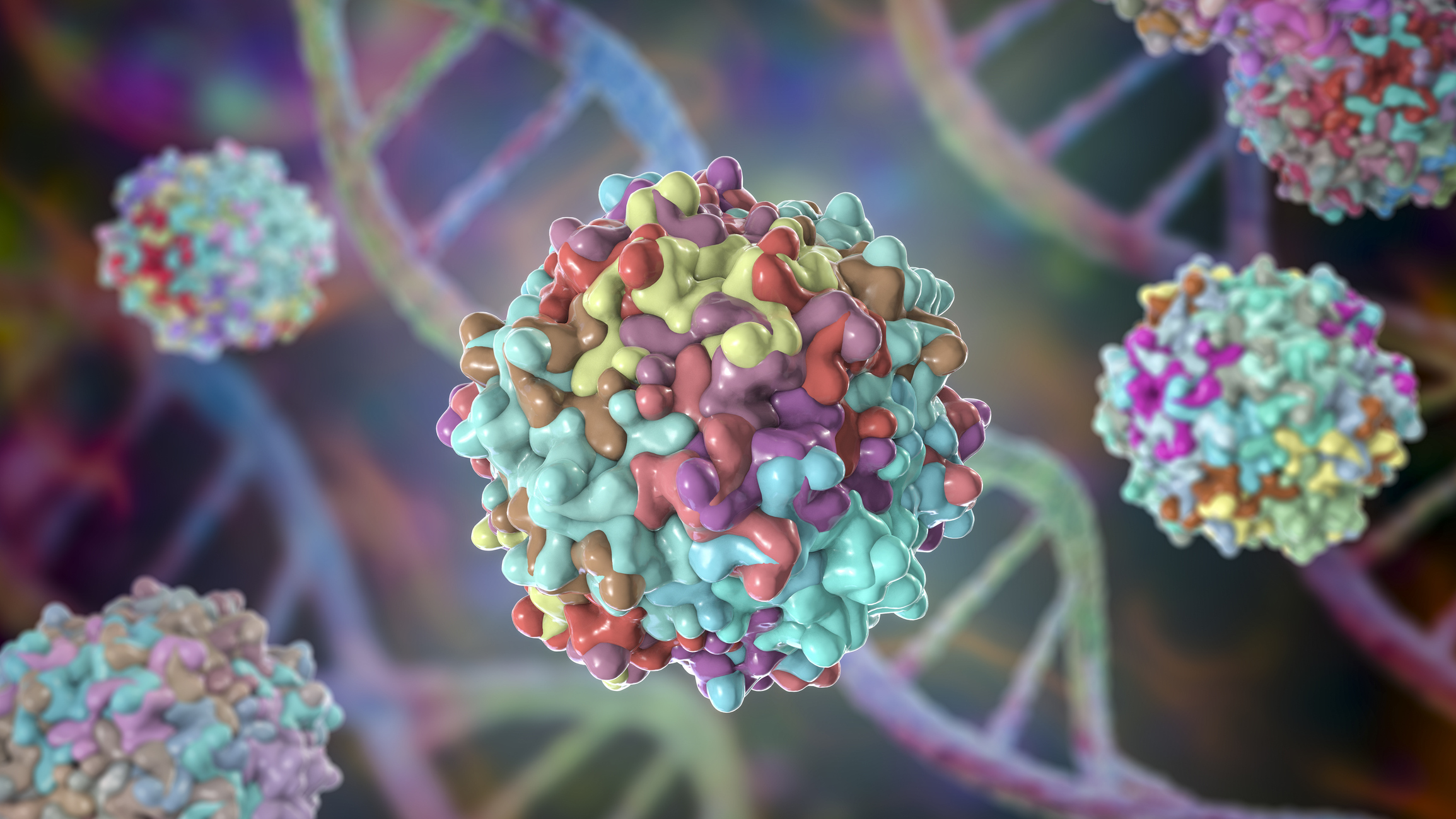Bioanalytical Support for Gene Therapy Programs
An Introduction to Gene Therapy:
As early as the 1970’s, the term “gene therapy” was used for the treatment of genetic disorders at the DNA level to replace the defective or missing proteins driving disease. By introducing functional gene copies to patients’ cells, the subsequent in vivo expression of protein leads to a therapeutic effect and may ultimately cure the associated disorder. Gene therapy has undergone several major paradigm shifts during the more than three decades in which this modality has been prevalent at the clinical stage. These changes were driven primarily by incorporation of emerging technologies, a deeper understanding of the human body’s response to these types of therapeutics, and a greater collection of historic knowledge from which to improve the design or strategy for these therapeutics early in the drug development process.
The Development of Viral Gene Therapeutics:
The first successful gene therapy trial in 1990 used a retroviral vector to deliver a functional gene copy to a patient’s T cells. This ushered in the initial era of viral-based gene therapy products. However, several of these programs reported severe adverse events including immune activation, insertional mutagenesis, and even death. By the 2010’s, the industry had developed improved viral platforms through vector modifications that better controlled expression and minimized unwanted immunologic responses. These next generation therapeutics display heightened tissue or cell targeting and are associated with improved clinical outcomes. Common viral vectors in clinical trials during this second wave of gene therapies include adenovirus, adeno-associated virus (AAV), and lentivirus; and as of June 2023, five AAV gene therapeutics have reached full regulatory approval in the US.
Building a Bioanalytical Strategy:
Designing a complete bioanalytical strategy to support these advanced therapeutic modalities can be challenging. Measuring the presence of the therapeutic in patient samples requires more than just a traditional approach to assessing pharmacokinetics (PK). Additional analyses for biodistribution and shedding of the therapeutic are typically performed during preclinical or clinical stages and more complex viral integration or quantitation assays may also be needed. Efficacy and safety of viral-based gene therapies continue to be heavily shaped by immunogenicity, requiring robust total antibody (TAb) or anti-drug antibody (ADA) and neutralizing antibody (NAb) assays. Some viruses, such as AAV, have wild-type counterparts that are endemic in various populations throughout the world. Therefore, the prevalence of pre-existing humoral immunogenicity can be an issue, necessitating the screening of patients before enrollment in a clinical trial program. Recent regulatory guidance further dictates that cellular immunogenicity should be evaluated for gene therapy products.
BioAgilytix’s Commitment to Gene Therapy Bioanalysis:
BioAgilytix has made significant investments in our bioanalytical offerings in support of gene therapy programs. Our scientific teams have experience across an array of platforms and assay types with the ability to work under nonregulated, GMP, GLP, GCP/GCLP, and CLIA conditions to meet our clients’ program needs. Some of our commonly requested assays include:
- Biodistribution for Vector and/or Transgene (qPCR or ddPCR)
- Vector Shedding (qPCR or ddPCR)
- Total Antibody or Anti-Drug Antibody Assays to Vector and Transgene (TAb or ADA)
- Neutralizing Antibody Assays to Vector and Transgene (NAb)
- Cellular Immunogenicity to Vector and Transgene (ELISpot)
- Custom Biomarker Solutions
- Product Release Testing (CMC)
Since 2014, BioAgilytix has supported almost 300 unique gene therapy programs for more than 100 different sponsors. Contact us to see how our experienced scientists can work with you to provide a full bioanalytical package for your gene therapy program today.
References
- https://www.sciencedirect.com/science/article/pii/S0753332222007132#fig0010
- https://doi.org/10.1038/s41467-020-19505-2
- https://www.fda.gov/vaccines-blood-biologics/cellular-gene-therapy-products/approved-cellular-and-gene-therapy-products
- https://www.cell.com/molecular-therapy-family/methods/fulltext/S2329-0501(22)00110-3
